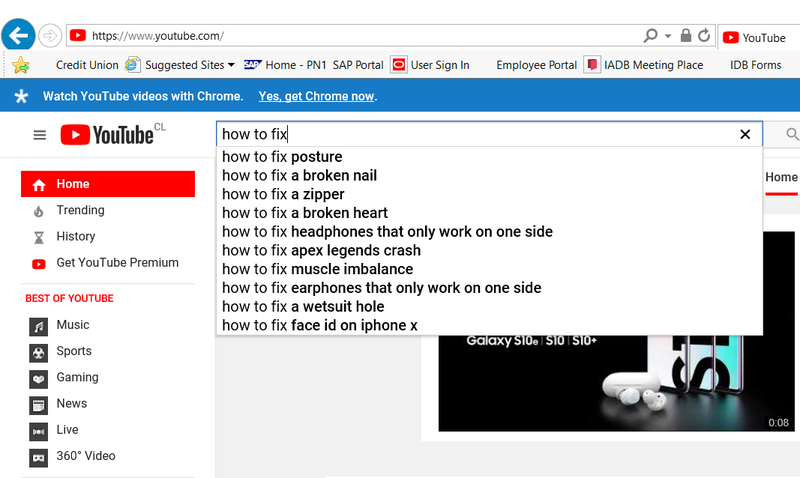e-Learning Ecologies MOOC’s Updates
Update #3: Multimodal meaning: visual learning and digital media
According to Mills and Unsworth (2017), “multimodal literacy is a term that originates in social semiotics and refers to the study of language that combines two or more modes of meaning”
Kalantzis and Cope (2012), identify seven modes of meaning:
- Written meaning – writing, and reading
- Visual meaning – making still and video images
- Spatial meaning – positioning oneself in relation to others, creating spaces and ways of moving around in spaces
- Tactile meaning – making experiences of things that can be felt in terms of touch, smell, taste
- Gestural meaning – communication through movements of the body, hands, arms, facial expressions, eye-movement, demeanor, gait, clothing and fashion, hairstyle…
- Audio meaning – communication that uses music, ambient sounds, noises, alerts, hearing and listening
- Oral meaning – communication in form of live or recorded speech.
Language and literacy practices have always been multimodal, so digital media and mobile technologies are increasing the potential of these modes and of inter-modality (Mills and Unsworth, 2017; Monty Paul, 2017).
Visual learning has been transformed by technology. As Professor Cope mentions in the first video of this module, digital media expands the toolbox for knowledge representation and now learners can generate knowledge through photos or videos, either taken from the internet or generated by them using personal cameras, computers or phones.
The digital revolution is changing not only the way people learn at schools, but also at work. In addition, technology itself is putting pressure on people, especially adults, to keep relevant in the world of work. Visual learning can help in this process of retraining adults, especially those with low skills who might find difficult to sit and learn in a traditional classroom. In this sense, digital media can have an equalizing effect on workforce retraining.
Moreover, open access to videos in platforms such as YouTube or others, are giving access to people not in the workforce but want to enter to increase their employability by visual learning. In fact, this is true for society as a whole. Nowadays, when people need to learn something they turn to the internet for immediate help. A very useful learning tool brought to us by media is YouTube videos on "how to". You can find videos to learn just about anything: cooking, dancing (*), fixing almost anything. And this is possible because people learned how to do it shared their knowledge by making a video and positing it online.
That is something thta truly amazes me about the web, and the willingess of people to make and upload those videos. Thank you!
(*) Have you seen this girl learning how to dance? It's truly amazing.



I again suggest you to use learning and digital study. I know the most of the people who have solve their problems with the learning process.msaacademy
Wow, that video of the girl dancing was a great example of new media and visual learning. Thanks for sharing.
This is a very amazing article based on some good research. Nice work Veronica!